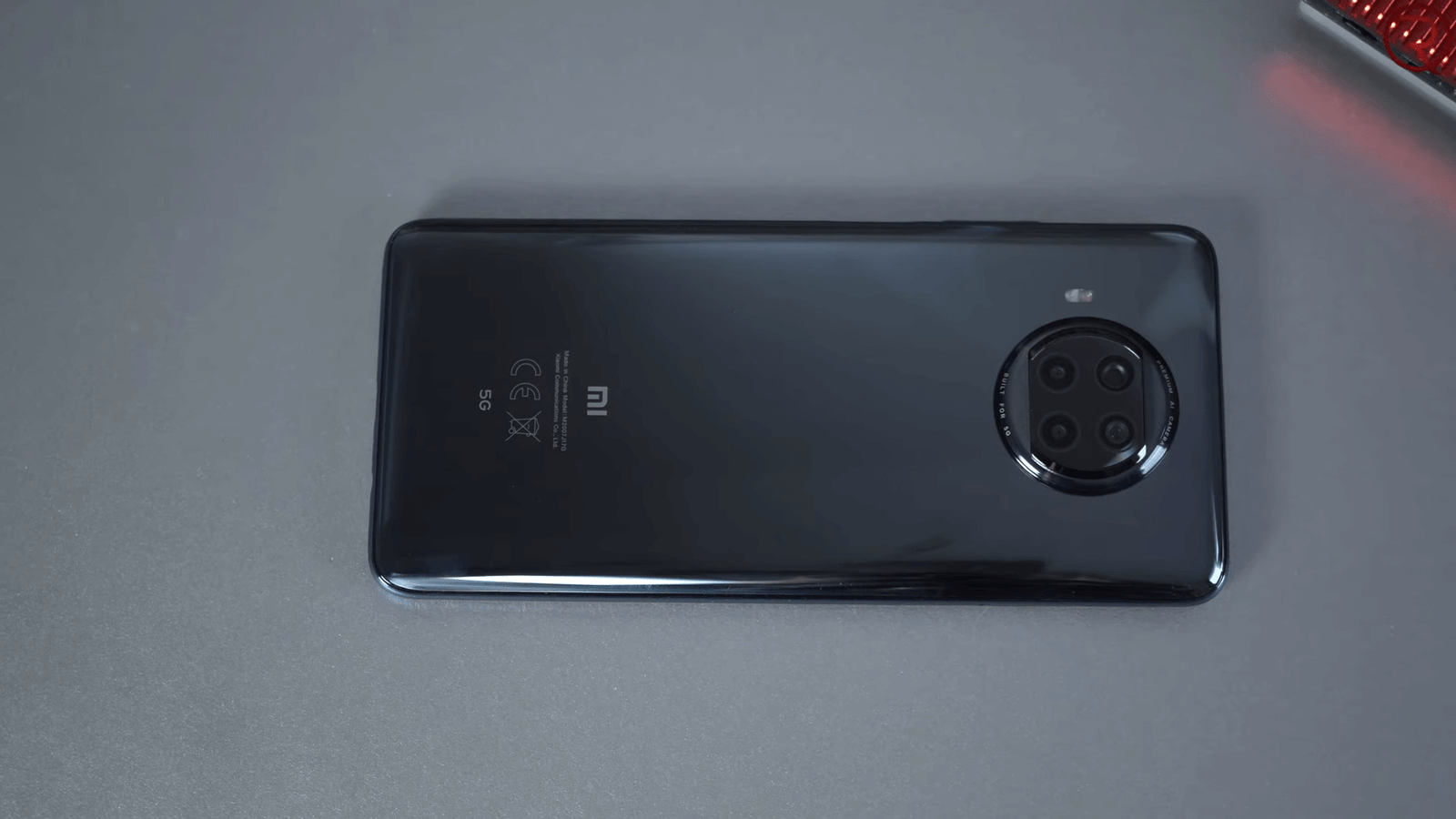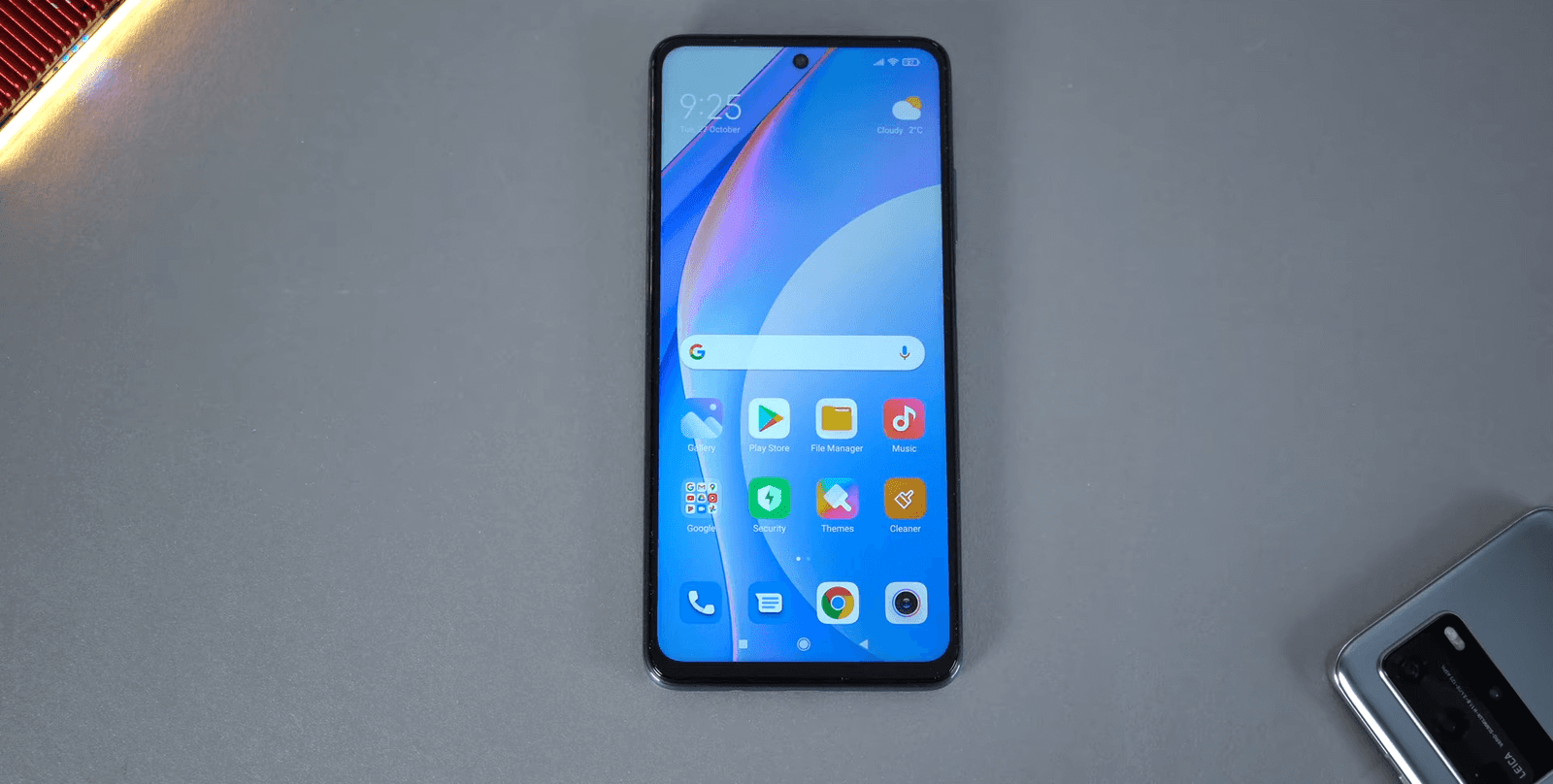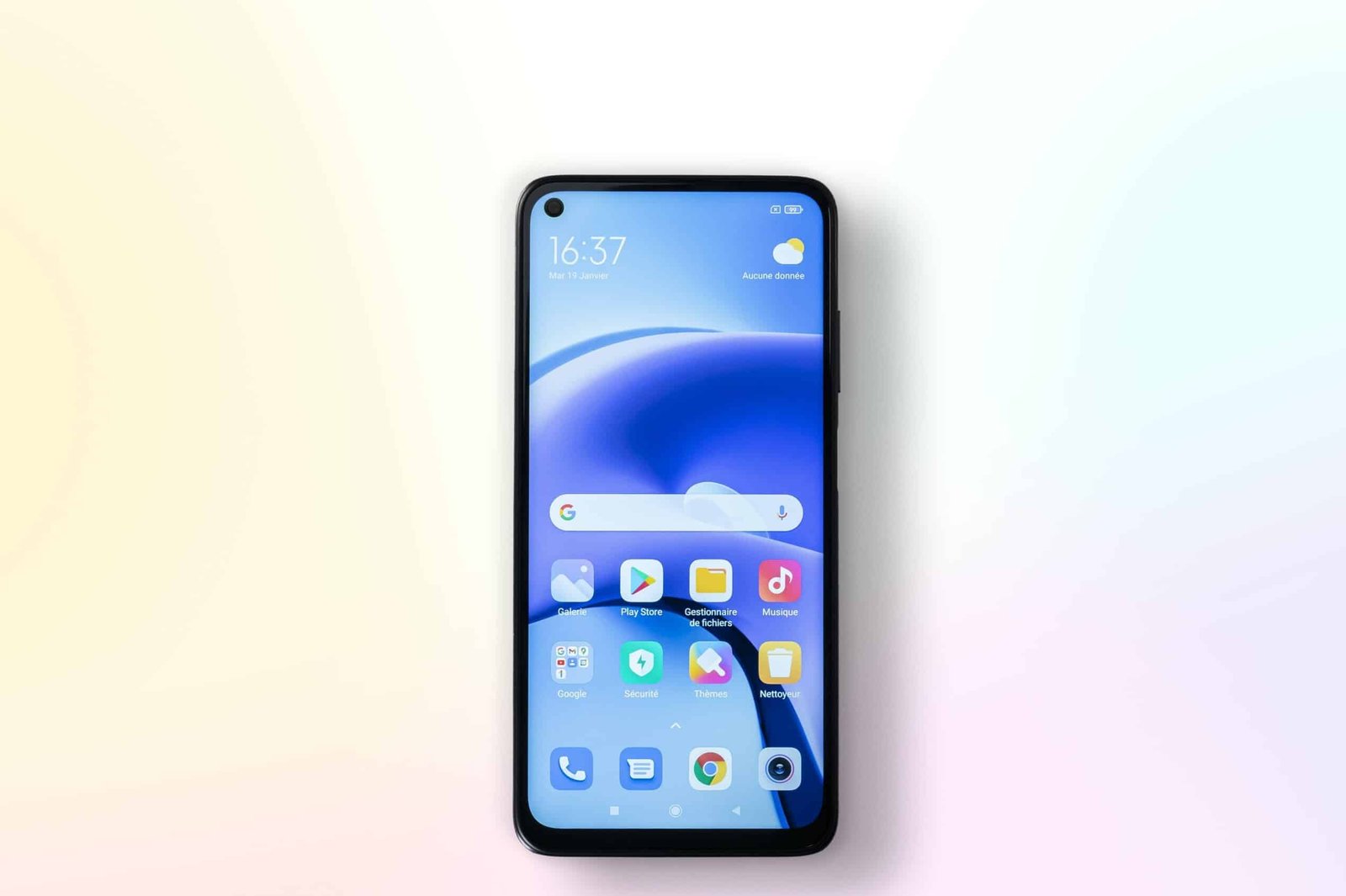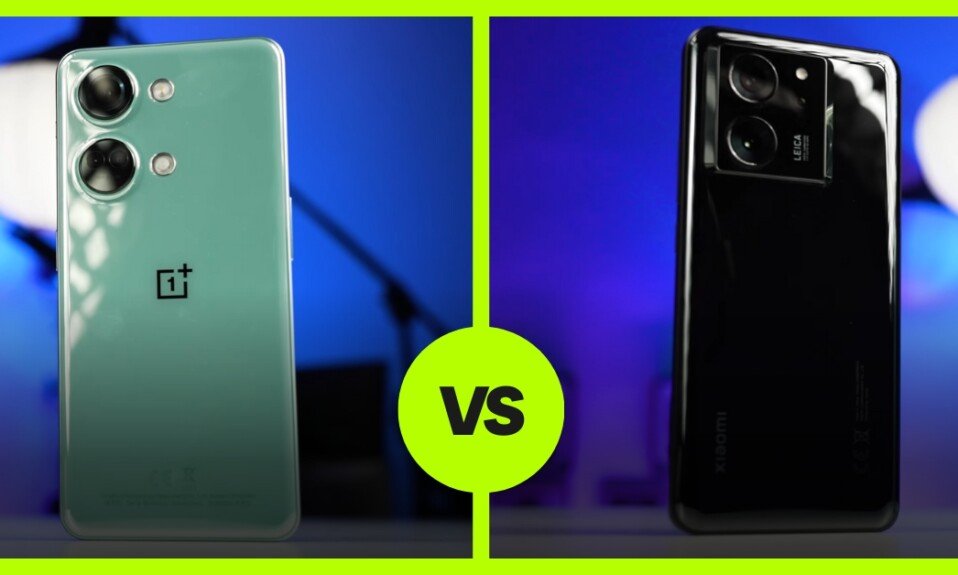The Redmi Note 9T is the cheapest 5G smartphone on the market, but for a few euros more you can also find the Xiaomi Mi 10T Lite. So between the two smartphones, which one to choose? Design, performances, photos, here is our complete comparison.
Xiaomi offered with the Mi 10T Lite one of the first 5G smartphones under 490 USD. With the Redmi Note 9T, the brand is starting again by offering a 5G smartphone for less than 300 dollars. Except that, in the meantime, the Mi 10T has seen its price drop sharply, to the point where it can now be found at prices close to the Redmi Note 9T.
So, is it worth increasing your budget and choosing the Mi 10T Lite, or is it smarter to take the Redmi Note 9T and save money? Let’s see the strengths and weaknesses of each smartphone.
Key Specification
| Xiaomi Mi 10T Lite | Redmi Note 9T | |
| Chipset | Qualcomm Snapdragon 750G | MediaTek Dimensity 800U |
| Display Size | 6.67 inches | 6.53 inches |
| Memory | 6 GB | 4/6 GB |
| Storage | 64/128 GB | 64/128 GB |
| Camera | 64 MP + 8 MP + 2 MP + 2 MP | 48 MP + 2 MP + 2 MP |
| Fingerprint Sensor Position | Side | Side |
Design
| Xiaomi Mi 10T Lite | Redmi Note 9T | |
| Dimensions | 165.4 x 76.8 x 9 mm | 161.2 x 77.3 x 9.1 mm |
| Weight | 214.5 grams | 199 grams |
| Screen Resolution | 1080 x 2400 pixels | 1080 x 2340 pixels |
| Pixel Density | 395 ppi | 395 ppi |
| Color | Atlantic Blue, Pearl Gray, Rose Gold Beach | Nightfall Black, Daybreak Purple |
| Display Type | IPS LCD | IPS LCD |
| Build Material | Corning Gorilla Glass 5 | Corning Gorilla Glass 5 |
The two smartphones we are comparing here were developed by Xiaomi over the same period. So we are not really surprised to see them adopt the same design in general. In both cases, we have a large borderless flat screen, with a punch for the front camera. The Redmi Note 9T places it at the top left, and the integration is less fine than on the Mi 10T Lite where it is at the top center.
The similarities do not end there, in both cases, we have a fingerprint reader on the edge that falls under the thumb of the right hand and a circular photo module on the back in the center. The template is also very close, although the Mi 10T Lite is a little bulkier: 165.4 x 76.8 mm compared to 161.2 x 77.3 mm for the Redmi Note 9T.
So how do you decide between the two smartphones? Born in a more high-end segment, the Mi 10T Lite offers better finishes than its little brother, especially with its glass back protected in Gorilla Glass. The Redmi Note 9T has to be content with a fully plastic chassis with a more unpleasant texture to the touch.
Design is not the strong point of our two smartphones, but the Mi 10T Lite does better in this exercise.
Here appears the first big difference between our two competitors. The Redmi Note 9T is equipped with a 6.53 inch Full HD IPS LCD panel (2340 x 1080 pixels) which rather disappointed us during our test. The screen calibration leaves something to be desired, and the displayed color gamut is below our expectations. It is ultimately a rather average screen.
This is not the case with the Mi 10T Lite which benefits from a 6.67-inch Full HD + (2400 x 1080 pixels) IPS LCD display with better color calibration, a wider DCI-P3 spectrum display, and better brightness. Above all, the screen is distinguished by a refresh rate of 120 Hz which allows the phone to offer an ultra-fluid interface, where the Redmi Note 9T blocks at 60 Hz.
If we put aside a slightly better contrast ratio on the Redmi Note 9T, the screen of the Mi 10T Lite is better on all criteria.
Performance
| Xiaomi Mi 10T Lite | Redmi Note 9T | |
| Processor | Octa-core (2×2.2 GHz) kryo 570 | Octa-core (2×2.4 GHz) Cortex-A76 |
| GPU | Adreno 619 | Mali-G57 MC3 |
| RAM | 6 GB | 6/6 GB |
| Internal storage | 64/128 GB | 64/128 GB |
| Storage expansion | Yes | Yes |
| OS | Android v10, MIUI 12 | Android 10, MIUI 12 |
Xiaomi has made a specialty of offering excellent performance/price ratios in the smartphone market. This is exactly what we find here thanks to the Qualcomm Snapdragon 750G of the Mi 10T Lite, and to the MediaTek Dimensity 800U of the Redmi Note. In both cases, we will have amply sufficient performance on a daily basis to browse the web smoothly, switch from one app to another and do photo processing efficiently.
Even in video games, the two smartphones offer fairly similar levels of performance. Note, however, that Fortnite did not install on the Redmi Note 9T, while the Mi 10T Lite ran the game at around 30 frames per second, with a few scenes at 20 frames per second. We are therefore more than satisfied with the performance offered by our two smartphones.
In our benchmarks, the MediaTek chip seems to slightly dominate its rival from Qualcomm, which pushes us to give the Redmi Note 9T an advantage on this criterion. However, this incompatibility should be kept in mind if you are a fan of Fortnite.
Camera
| Xiaomi Mi 10T Lite | Redmi Note 9T | |
| Rear | 64 MP + 8 MP + 2 MP + 2 MP | 48 MP + 2 MP + 2 MP |
| Front | 16 MP | 13 MP |
| Video recording | 4K@30fps, 1080p@30/60/120/240fps, 720p@960fps | 4K@30fps, 1080p@30/60fps |
The Redmi Note 9T is equipped with a photo module with three devices:
- wide angle 48 Mpx, 1/2 inch, 0.8 µm and aperture f / 1.79;
- macro 4 cm 2 Mpx 1.75 µm f / 2.4;
- 2 Mpx 1.75 µm “depth sensor”, f / 2.4.
Let’s be frank, the two additional devices are not useful and simply allow Xiaomi to display a large photo module on the back of the phone to attract the barge. In reality it is therefore necessary above all to evaluate the main camera of the smartphone.
The Mi 10T Lite for its part offers 4 devices:
- 64 megapixel main sensor (f / 1.89);
- 8 megapixel ultra wide-angle, 120 degrees (f / 2.2);
- 2 megapixel depth sensor (f / 2.4);
- sensor with 2 megapixel macro lens (f / 2.4).
We find the same two additional sensors that we can do without, but here Xiaomi still plays the game of multi-camera with an interesting ultra-wide-angle option. This is already a good point for the Mi 10T Lite. The latter also has the right to a better defined main sensor, even if we lose the focal aperture.
Multimedia
| Xiaomi Mi 10T Lite | Redmi Note 9T | |
| Headphone jack 3.5 | Yes | Yes |
| Loudspeaker | Yes with stereo speakers | Yes, with stereo speakers |
| FM Radio | Yes | Yes |
Battery Life
| Xiaomi Mi 10T Lite | Redmi Note 9T | |
| Capacity | 4820 mAh | 5000 mAh |
| Type | Li-ion | Li-ion |
| Quick Charging | Fast charging 33W | Fast charging 33W |
| User Replaceable | No | No |
| Usb Type-c | Yes | Yes |
Here we have two excellent smartphones in terms of battery. The Xiaomi Mi 10T Lite with its 4820 mAh battery, and the Redmi Note 9T with its 5000 mAh battery can both easily take several days away from an electrical outlet. Even with very intensive use of the smartphone, you will last without any worries until the end of the day.
If a winner had to be selected, we would rather go for the Mi 10T Lite thanks to its 33W charger allowing the battery to be recharged to 75% in less than 30 minutes. In this period of time, the Redmi Note 9T simply rises to 39%, with its 18W fast charge, which is sufficient, but still not as good.
Connectivity
| | Xiaomi Mi 10T Lite | Redmi Note 9T |
| SIM | Dual SIM (Nano-SIM, dual stand-by) | Dual SIM, GSM+GSM |
| Network Support | 5G, 4G , 3G, 2G | 5G, 4G , 3G, 2G |
| Bluetooth | 5.0, A2DP, LE, aptX HD | 5.1, A2DP, LE |
| Wifi | 802.11 a/b/g/n/ac/6, dual-band | Wi-Fi 802.11, a/ac/b/g/n/n 5GHz, MIMO |
| GPS | Yes with A-GPS, Glonass | Yes with A-GPS, Glonass |
| Sensors | Accelerometer, Gyro, Proximity, Compass | Proximity sensor, Accelerometer, Compass, Gyroscope |
Which is better!
Unsurprisingly, as we might expect, the Xiaomi Mi 10T Lite is more interesting than the Redmi Note 9T in our point by point comparison. Obviously, this makes sense since the Mi 10T Lite sits above the Redmi Note in the large range of Xiaomi smartphones. What we have to ask ourselves is whether this quality gap is worth investing in the first rather than the second? If we resume, the two phones are equal on performance and autonomy, but the Mi 10T Lite stands out from the crowd thanks to a more versatile camera, a better quality screen, and a better-controlled design.
If we reduce this gap to the 60 USD of theoretical differences between the two smartphones, we may be tempted to turn to the Redmi Note 9T. However, the Mi 10T Lite has already seen its price drop, while the Redmi Note 9T is still recent at the time of this writing, which reduces the price gap between the products. Under these conditions, we advise you to invest in the Mi 10T Lite instead. The budget is a little higher, but you will have significant additional comfort on a daily basis.







